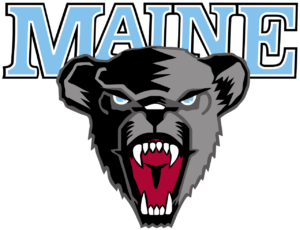Athletes Connected was featured on SwimSwam.com in a story that explains how the program is breaking through barriers of stigma and raising awareness of mental wellness.
By Jeff Grace
Have you ever struggled to find the motivation to do the things you love? Have you ever found yourself withdrawing from social contact? Worrying excessively?
Many of us have. These are some of the signs and symptoms that signal you may need to talk to someone that can provide you with support.
When you feel shoulder pain during a training session most often you will seek treatment from a doctor or a physiotherapist. When people, especially athletes, experience the feelings described above many are reluctant to seek out treatment for their mental wellness in the same way they would their physical health.
In a research study conducted in 2014 it was found that intercollegiate athletes who suffered from depression and anxiety are far less likely to utilize mental health services compared to the general student population.
Athletes Connected, a mental wellness program at the University of Michigan, was created to provide athletes with support, coping skills and breakdown stigma surrounding mental health so that athletes would be more likely to address their mental wellness.
Athletes Connected was created in 2014 and is a collaborative, multi-faceted program developed by the U-M School of Public Health, Depression Center, and Athletic Department to increase awareness of mental health issues, reduce stigma, and promote coping skills among student athletes. The program features four key elements:
- Brief, engaging videos to reduce stigma, encourage help-seeking and promote coping skills;
- Informational presentations for all coaches and athletes;
- Informal, drop-in support groups offered on a bi-weekly basis, designed to specifically address the unique concerns of student athletes.
- Conducts research to better understand the student athlete population and mental health as well as sport performance.
*Program information taken from the 2014 NCAA Innovations Grant Final Report University of Michigan Developing and Evaluating a Model Program for Supporting the Mental Health of Student Athletes.
As a swimmer Emily Klueh won the 1650 at the 2008 NCAA Championships, took a bronze in the 10 km at the 2010 Pan Pacific Championships and in 2013 was the overall winner of the FINA Open Water World Cup. Klueh is now a clinical athletic counselor and the program coordinator of Athletes Connected.
One of the main reasons Klueh became so involved in the area of mental health is because her own challenges, “I think a lot of people struggle with mental health,” says Klueh. “I know that was a driving factor for me getting into the field.”
“I think that there are a lot of people who have experienced things in their life where coping skills have been beneficial. For me, I know have the education, training, and license in order to accurately work with student athletes wherever they fall on the continuum of wellbeing. ”
Read the rest of the story on SwimSwam.



 By Jeremy Fallis, Multimedia Communication Specialist
By Jeremy Fallis, Multimedia Communication Specialist

